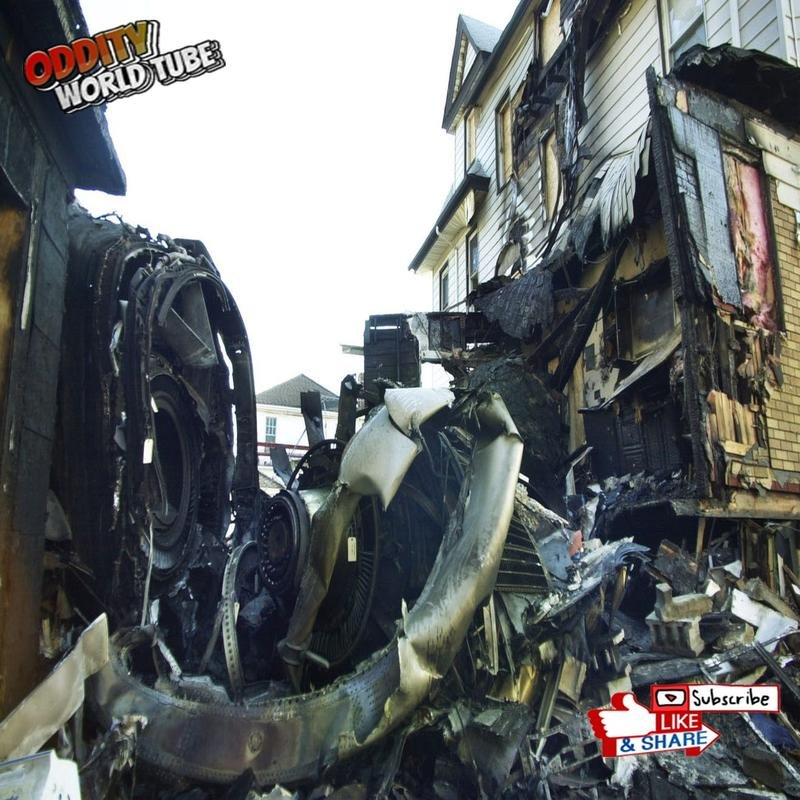Flight 587: Unraveling the Shocking Crash 💡 Analyzing the New York Disaster #Planecrash #NewYork #Disaster

American Airlines Flight 587 Crash Analysis
On November 12, 2001, American Airlines Flight 587 suffered a catastrophic accident shortly after departing John F. Kennedy International Airport in New York City. The crash tragically resulted in the loss of 260 lives onboard and five fatalities on the ground in the Rockaway Peninsula.
Initial Inquiries and Investigation
While initial inquiries explored the possibility of terrorism given the proximity to the September 11th attacks, the subsequent investigation by the National Transportation Safety Board (NTSB) focused on the aircraft’s performance and concluded that the primary cause of the accident was excessive rudder pedal deflection.
NTSB Findings and Conclusion
The NTSB’s detailed investigation revealed that the pilots’ actions, specifically the excessive use of the rudder, led to the aerodynamic forces that caused the aircraft to break apart in flight. This finding highlighted the importance of pilot training and the critical role of proper control inputs in maintaining aircraft stability.


Legacy and Impact
The American Airlines Flight 587 crash remains a significant event in aviation history, prompting significant changes in pilot training protocols and aircraft design. The tragedy serves as a stark reminder of the importance of rigorous safety standards and continuous improvement in the aviation industry.




